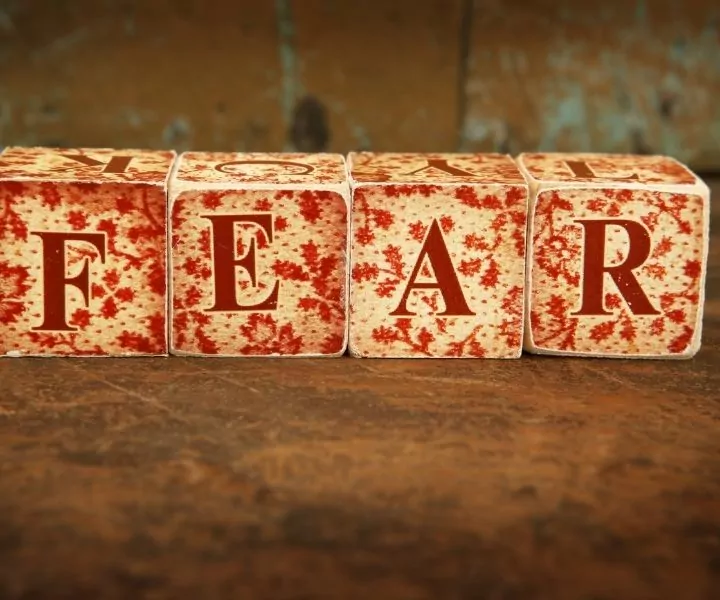Here is everything you need to know about fear-free certification Veterinary clinics and veterinary professionals are aware of the fact that hospital visits are declining and the negative trend continues to grow despite the great work you and your team are doing. And you keep asking yourself what we did wrong?
Take this situation, for example, a kitty with severe bronchitis was hospitalized for a week, and probably the whole process, starting from diagnosing to treating seemed a bit too invasive both for the cat and its owner. Even though everything turned out great at the end, and the owners are thankful, every other time the cat needs to pay a visit to the vet might remind the owners of the ‘hell’ they went through when the animal was sick.

Even when the reason for the visit is something banal they would avoid contacting the vet. The veterinarian will surely tell them to bring the cat to the clinic so instead, they reach for internet sources and worst-case scenario – pet shops.
Is there a way to address the primary reason behind the negative trends and make anxiety and fear related to hospital visits a thing of the past? Before we can unpack this in more detail, pet owners and veterinary professionals alike should ask themselves why people are afraid of bringing their pets to the veterinary hospital.
Is it because they don’t have money? Are they afraid of what the vet is going to say? Or do they perhaps not want to deal with getting a pet on a leash or in a cat cattier and take them to get the required care?
What is Fear Free Certification?
Veterinarians, veterinary technicians, and veterinary assistants are the true and only animal-healthcare experts. Together as a team, they need to make veterinary visits fear-free so that pet owner will only seek advice from a reliable source of information.
The fear-free certification program is an online module that teaches professionals how to eliminate anxiety, fear, and stress-related to hospital visits with a mutual, safer benefit for the owners, the pets, and the healthcare team.

How to Become Fear-Free Certified
You need to apply on the official website fearfreepets.com and pay admission so that you can participate in the program. The total sum depends on the number of team members involved in the course program. The more team members apply the cheaper the admission per person is.
Next, you need to complete the certification program successfully in order to get certified. There are eight modules with a 20 question exam at the end of each one. A score of 80% and more means you passed the exam and can move forward to the next module.
What Does it Mean to be Fear-Free Certified?
You and your team gain significant knowledge in how to manipulate and handle animals with greater care and create a stress-free environment. With this, the owners will gain trust in you and will be ready to bring their pet to your clinic without having second thoughts.
The program gives each certified professional marketing material with a fear-free logo that can be used on lab coats, websites, and business cards.
Is it Important to be Fear-Free Certified?
There isn’t a general opinion about this trend yet but certainly, any additional knowledge you acquire will be of use. Modern veterinary practices have to embrace new methods of work in every segment of the veterinary field, especially in an environment filled with competition greater than ever.
You may also find interesting the article Human-Animal Bond Certification on our blog, and learn more about the new special certification course which will allow practicing vets, vet nurses, vet techs, and veterinary practice managers to become “Human-Animal Bond Certified”.
